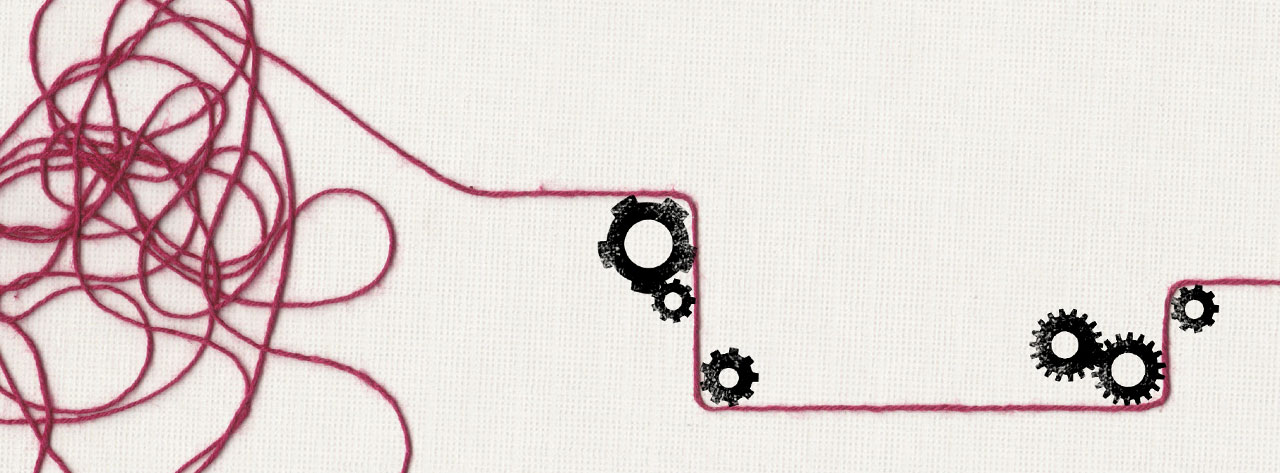Submitted by jonas on
This report deals with the response of political institutions to the obligations to children which followed from the adoption by the UN of the Convention on the Rights of the Child in 1989. In the two succeeding decades there have been considerable differences between countries in their internal momentum for the realization of children’s rights. However, in the report we are concerned with countries, not just as individual states but as part of the European Union, and the extent to which they are achieving change together.
The institutions of the European Union had little involvement in children’s rights before 2000 But since then their responsibilities and actions in this field have increased significantly; in particular the Lisbon Treaty has increased the status and centrality of children’s rights. The report will consider these changes. This study will focus on the impact of human rights reporting mechanisms.
The UN Committee on the Rights of the Child and the Human Rights Council (through the process of the Universal Periodic Review) have made observations and recommendations to Individual European states about how they should improve the implementation of children’s rights. By means of exploring actions to combat violence against children by European Member States and the EU institutions, the report will assess the extent to which the concerns and advice of the Committee on the Rights of the Child and the Universal Periodic Review have been addressed.

